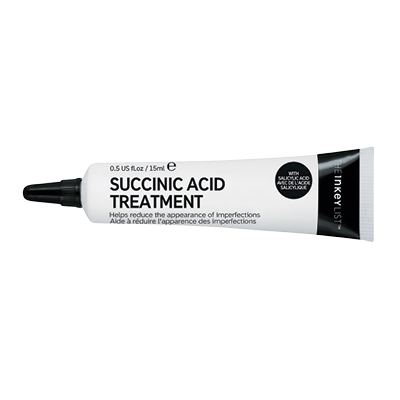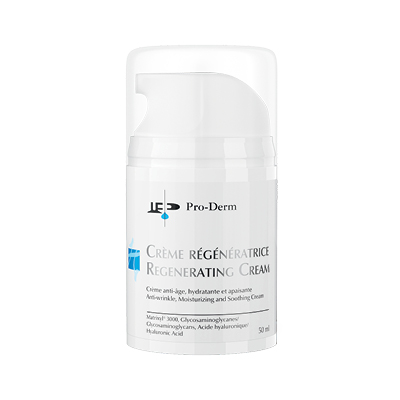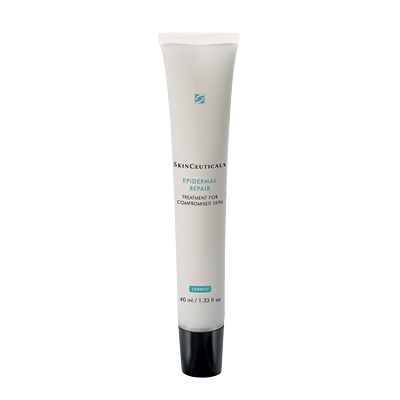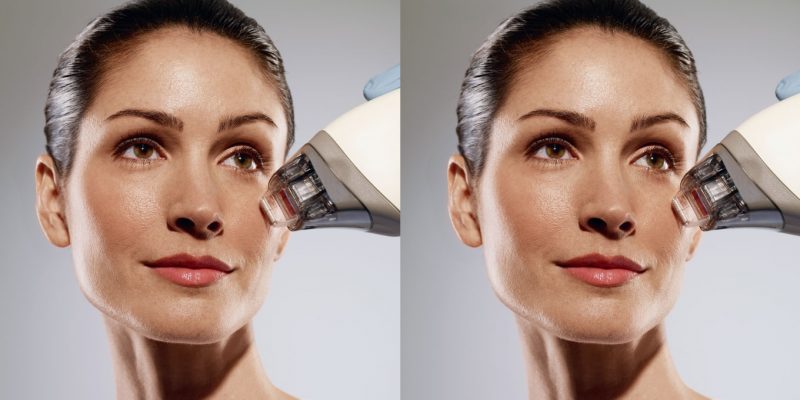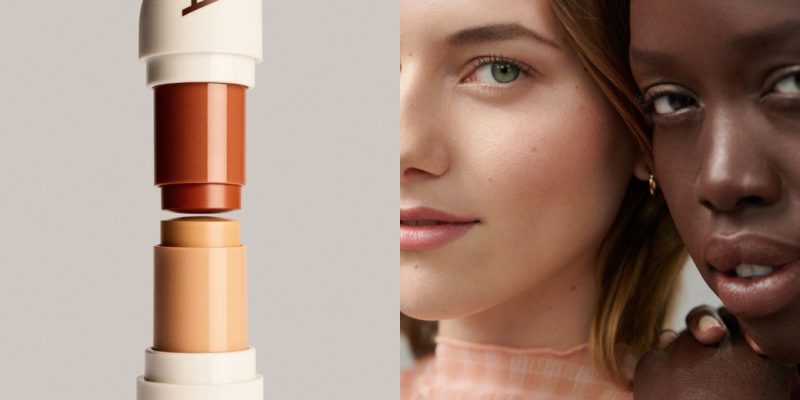Health & Fitness
Living With Excoriation Disorder or Chronic Skin-Picking
What happens when you can’t stop picking at your skin?
by : ANDRÉA SIRHAN DANEAU- Jun 10th, 2021
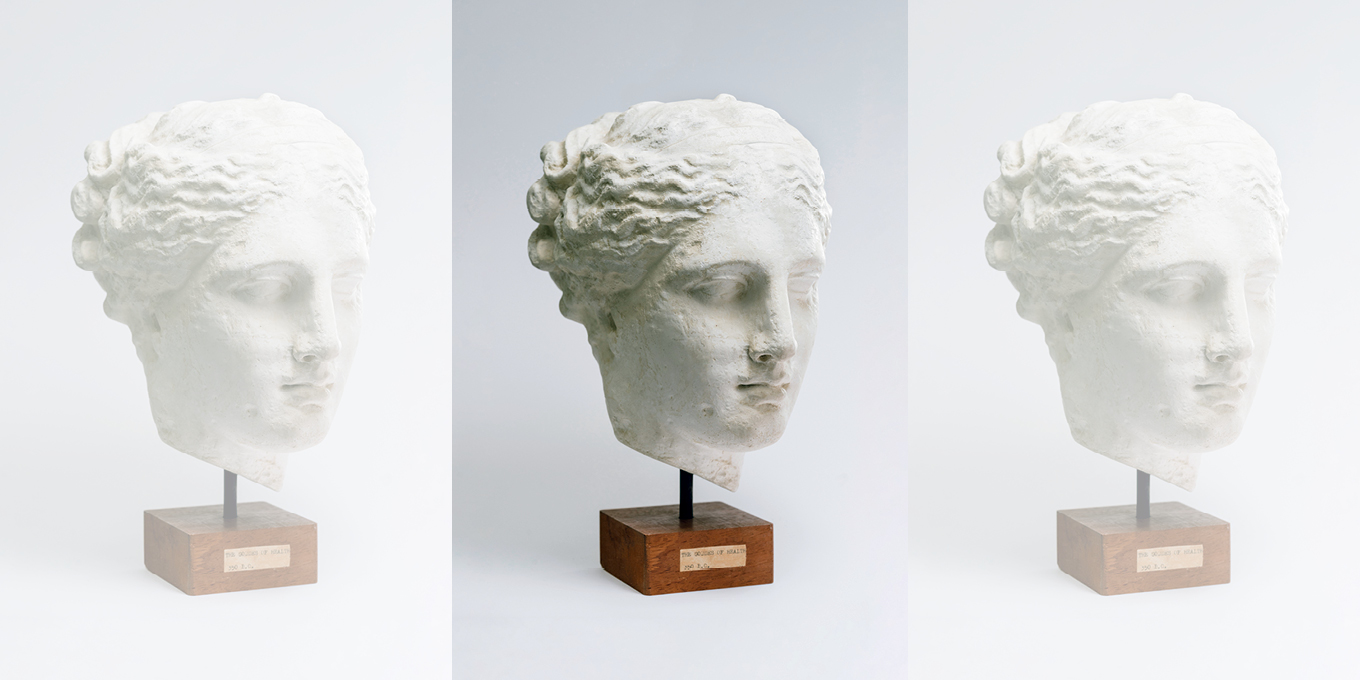
Stocksy
He aesthetician stood in front of me and gently explained that she could not perform a laser treatment on my skin because it was too damaged. Her words hit me like a ton of bricks—not because it was the first time someone had said it but because I needed to test this particular treatment for an assignment. My obsession with picking at my skin was now bleeding into my professional life, and it was time to confront reality.
This habit turned compulsion had been part of my day-to-day life since I’d first started suffering from acne. At the first sign of a blocked pore, a blackhead or a blemish, it was game on: I’d pinch, rub or pierce it into oblivion. According to Anxiety Canada, I’m not alone: 1.5 percent of the population—mainly women—is afflicted with excoriation disorder to differing extents at some point in their lifetime.
Officially recognized as a mental disorder since 2013, excoriation disorder (or skin-picking disorder) is, like trichotillomania (hair pulling), believed to be directly related to obsessive-compulsive disorder. “People suffering from it can’t stop repeatedly and intensely picking at their skin, to the point of damaging it,” explains Dr. Peggy Richter, a psychiatrist and the director of the Frederick W. Thompson Anxiety Disorders Centre in Toronto. “The behaviour can be deliberate, to satisfy the urge to ‘fix’ an irregularity like a pimple, a mole or an itchy patch of skin, but it can also be an unconscious effort to regulate mood, either by calming anxiety or reducing boredom.”
Any satisfaction is short-lived, however, and the habit can quickly lead to sores, bleeding and skin lesions. “Recurring skin-picking can damage skin and even cause serious infections,” says Dr. Joseph Doumit, a Montreal-based dermatologist. “When the sores or lesions heal, a significant amount of collagen remains, forming pitted scars and discoloration. The deeper they are, the harder they are to treat.”
The areas most likely to be affected are the face, arms and legs, but some people go as far as picking at their ears and scalp. That’s the case for 30-year-old author Laura A. Barton, who has suffered from excoriation disorder since she was young and wrote about it in Project Dermatillomania: The Stories Behind Our Scars and Project Dermatillomania: Written on Our Skin. “I have scars from head to toe,” she says. “Sometimes I make lesions so deep that they hurt for days. Taking a shower becomes unbearable.” In addition to the physical pain, there’s emotional distress, continues Barton. “For a long time, I was overwhelmed by shame, both while I was doing it and when I’d see the damage. I hated myself for not being able to stop.”
The disorder can go as far as affecting people’s ability to live regular lives, causing them to avoid social situations and romantic relationships. “They spend a lot of time covering up lesions, cancelling plans and avoiding intimacy because they’re worried about how their partner will react,” says Richter.
While full remission is rare, a form of cognitive behavioural therapy specifically developed to target repetitive body-centric behaviours is showing positive results. “We work to counteract behavioural triggers—for example, by wearing a bandage on a fingernail or keeping the hands busy by knitting,” explains Richter. “We also replace the false beliefs that perpetuate the cycle—the idea that picking at the skin helps fix a problem—with more realistic thoughts: It actually makes the situation worse by causing more damage. By offering a feeling of control over the impulses, we can significantly reduce the behaviour.”
I’ve never been diagnosed, and my condition doesn’t seem as serious as other people’s, but the semi-permanent marks on my skin signalled that I needed to make a drastic change. On Barton’s advice, I got rid of my “all or nothing” mentality in favour of more easily attainable goals. “I started to see progress when I concentrated on reducing the behaviour—for example, by choosing one or two places that I wanted to let heal instead of trying to stop all at once,” she told me.
I threw out my extraction tools and gave away my magnifying mirror, which had enabled me to obsess over all the little faults that I wouldn’t have seen otherwise. To prevent rashes that trigger the urge to pick, I use products recommended by Doumit: a mild cleanser to clean without causing more irritation, a hydrating cream for sensitive skin to restore and protect the skin barrier and a restorative balm that contains anti-inflammatory and healing ingredients to calm irritated skin in case of a relapse. When a blemish threatens the status quo, I cover it with an acne patch, which, in addition to creating a physical barrier that stops me from seeing the spot and touching it, contains salicylic acid to help it heal. And before putting on makeup, I apply a treatment that absorbs excess oil, kills bacteria and, thanks to its green undertone, neutralizes redness.
“I still pick at my skin every day, but I don’t stop myself from living my life any- more,” says Barton. “I accept excoriation disorder for what it is—an illness, not a lack of willpower—and that has eased a lot of my emotional turmoil. I can honestly say that I’m at peace with my condition, even though it’ll never go away.”
Where to find help the tlc foundation for body-focused repetitive behaviours
This community connects people suffering from excoriation disorder with their families to help them break the isolation. It also provides support and therapeutic tools. bfrb.org
Overcoming body-focused repetitive behaviours by Charles S. Mansueto
This book is a guide to using cognitive behavioural therapy to help break repetitive body-centric behaviours and improve quality of life. chapters.indigo.ca
Frederick W. Thompson Anxiety Disorders Centre
This is the only centre in Canada that specializes in treating obsessive-compulsive disorder and associated “spectrum” disorders, including skin excoriation. sunnybrook.ca
Newsletter
Join our mailing list for the latest and biggest in fashion trends, beauty, culture and celebrity.
Read Next

Fashion
H&M's Latest Designer Collab With Rokh Just Dropped (And It's So Good)
We chatted with the emerging designer about the collaboration, his favourite pieces and more.
by : Melissa Fejtek- Apr 18th, 2024

Culture
5 Toronto Restaurants to Celebrate Mother’s Day
Treat your mom right with a meal at any of these amazing restaurants.
by : Rebecca Gao- Apr 18th, 2024

Beauty
Tested and Approved: Your New Hydrating Skincare BFF
This new product has all of your skin’s thirst-quenching needs covered.
by : ELLE Canada- Apr 17th, 2024

